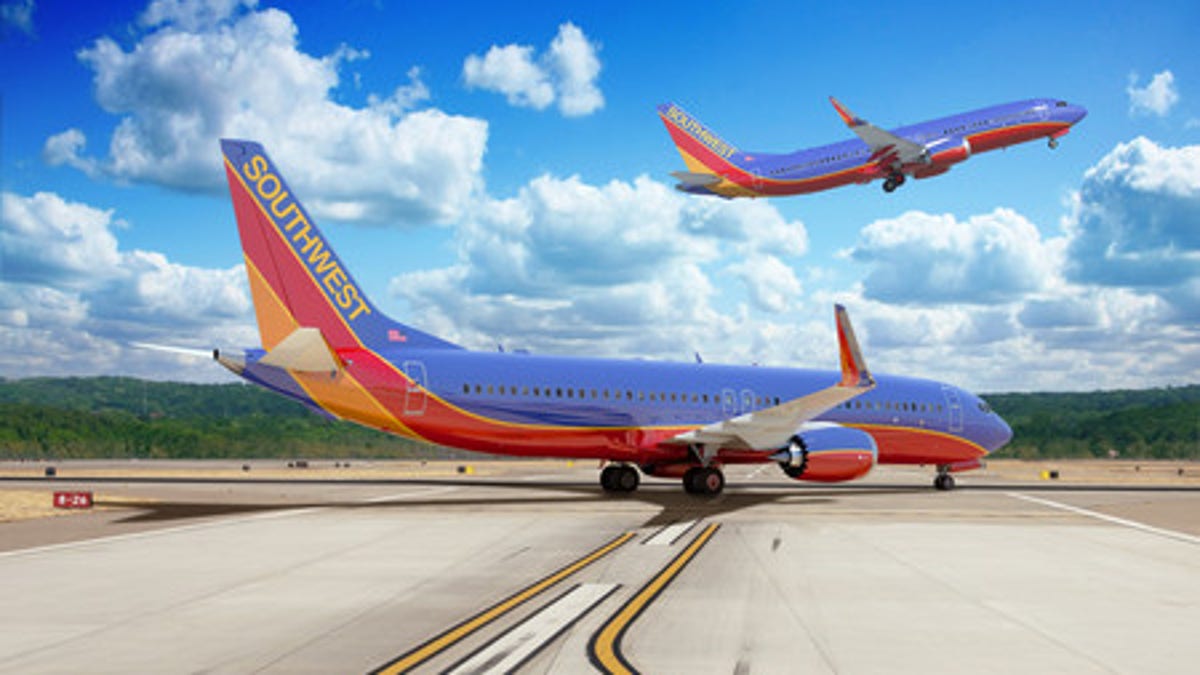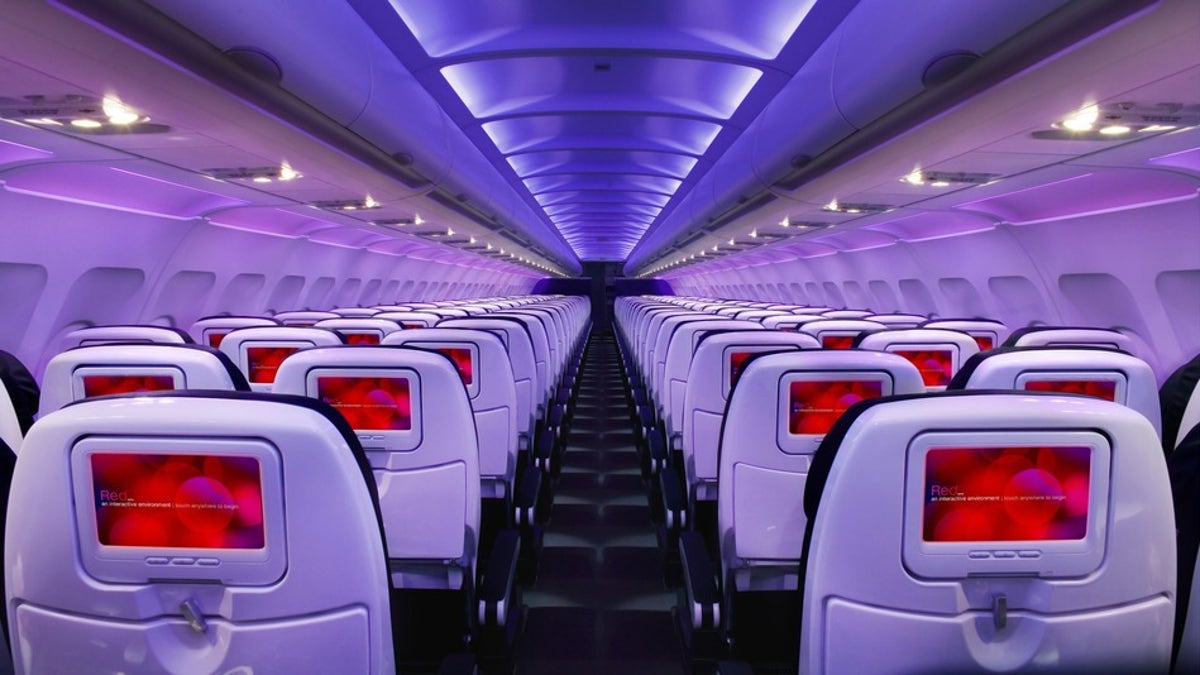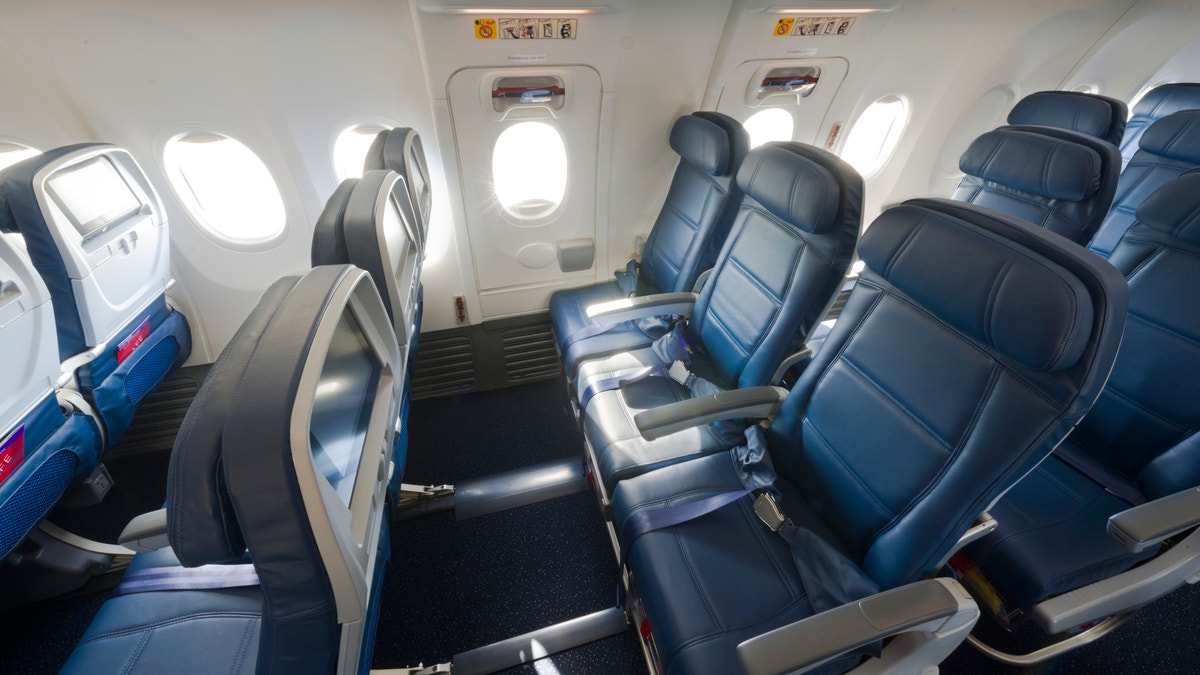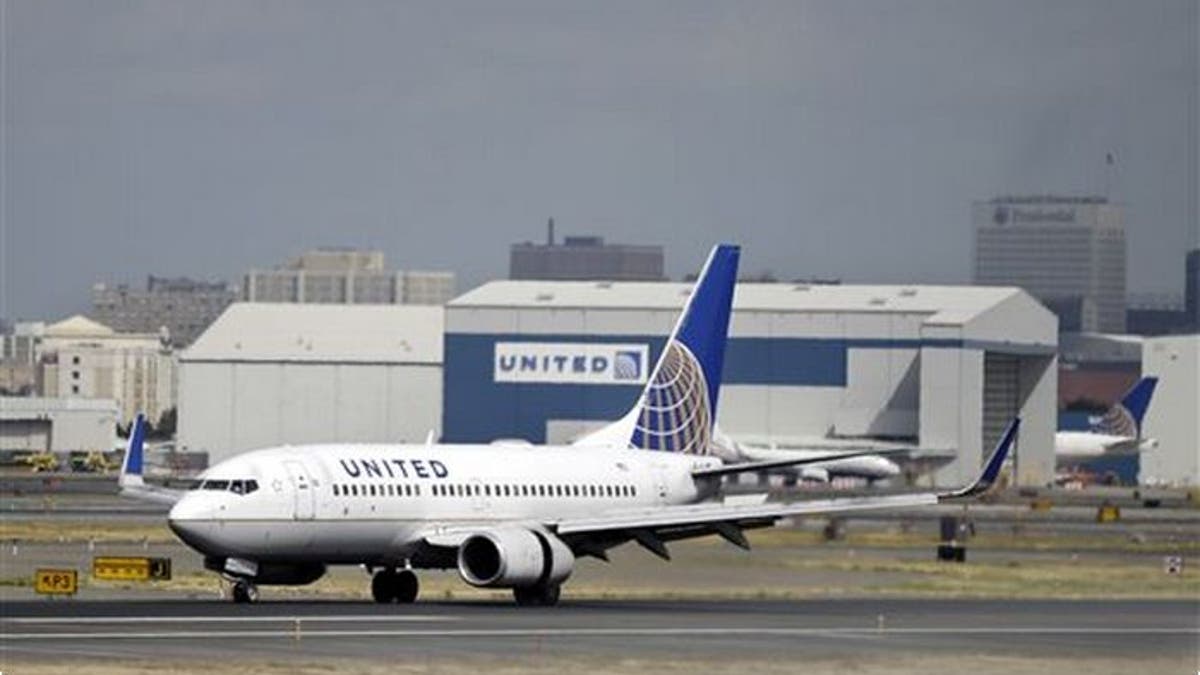For years, U.S. airlines have charged for domestic Wi-Fi because they had to use market forces to throttle usage. Before fast Internet became ubiquitous, most planes had bandwidth-challenged Internet that could accommodate fewer than half the people on every flight. If they gave it away, Wi-Fi would essentially be unusable.
But there is hope. Many airlines are installing faster satellite-based systems with enough capacity to satisfy everyone. Even market leader Gogo, which has long relied on ground-based cell towers, is rolling out a satellite option seven times faster than current equipment.
In the short term, many airlines will retain the technology that they now have because it is too complicated to retrofit planes. But for new planes and aircraft that never had Internet, many larger carriers have committed to faster Wi-Fi with more capacity. Since airlines must no longer ration connectivity, they may lower prices or offer free sessions, with airlines and sponsors like Amazon and Netflix absorbing costs.
So far, only JetBlue has adopted that approach. With its new satellite service, available on all A320s and A321s, as well as some E190s, the airline has the bandwidth to try something new and very exciting—no-cost Wi-Fi for all. “People expect it to be high-speed, reliable, and free,” says Jamie Perry, JetBlue's vice-president for brand and product development. On some flights, JetBlue sees more connected devices than passengers.
But Gogo CEO Michael Small says carriers likely will retain the pay-for-use model, despite JetBlue's success. Small points to Southwest, which does not charge for checked bags, even though all of its competitors do. "Remember," Small says, "some bags fly free and some don't." Here's a comparison of U.S. Wi-Fi approaches.
AIRLINES WITH PASSENGER FRIENDLY WI-FI (MORE OR LESS):
1. JetBlue

(JetBlue)
No airline is more generous than JetBlue, which not only gives everyone free and fast Wi-Fi from provider ViaSat, but also adds goodies, including free streaming of every Major League Baseball game. JetBlue was the last big airline to add connectivity, and it wanted to leapfrog competitors. "It seems pointless to go and charge for it and have low usage," Perry says. Sponsors, including Amazon, MasterCard, and publisher HarperCollins, defray costs. By fall 2016, every JetBlue plane will have Wi-Fi.
2. Southwest

(Southwest)
Southwest has a traditional Wi-Fi model, charging $8 per day per device for a satellite-based connection. But thanks to a deal with Budget Rent a Car and Chase, passengers can watch 75 on-demand TV shows and 23 live television stations for free. They can also buy NFL Red Zone for $4. Another tie-in, with Apple Music, allows free music streaming. Wi-Fi is available on Boeing 737-700s and 737-800s.
3. Virgin America

(Virgin America)
Virgin America made a splash recently, announcing passengers could stream Netflix for free. But there are two caveats. First, the program ends in early March. Second, by year-end, Virgin America will have only five planes with ViaSat's newest satellite Wi-Fi. Other planes retain Gogo's capacity-constrained system, which bans streaming. On the satellite-enabled planes, Wi-Fi is free until March, but expect fees after that. "We are not in the business of giving away things for free that people are willing to pay for," Virgin America CEO David Cush said in July. Sponsorship deals for free Spotify music and top New York Times stories could remain.
AIRLINES WITH CONNECTIVITY BUT FEW SPONSORS:
4. Delta

Main Cabin seats in the emergency exit rows inside a Boeing 737-900ER (739). - These images are protected by copyright. Delta has acquired permission from the copyright owner to the use the images for specified purposes and in some cases for a limited time. If you have been authorized by Delta to do so, you may use these images to promote Delta, but only as part of Delta-approved marketing and advertising. Further distribution (including proving these images to third parties), reproduction, display, or other use is strictly prohibited. (Delta Air Lines)
Delta may soon have the bandwidth to explore partnerships. It has committed to Gogo's next-generation satellite Internet, called 2Ku, on more than 250 planes. Installations begin next year, and Gogo says the platform should permit streaming. "The best way to describe it is that it will be a ground-like experience, and potentially slightly better," says Small, Gogo's CEO.
5. United

(AP)
United uses a pay-for-access model, even though many planes have satellite Wi-Fi from the same provider as JetBlue. United does not permit streaming. It will, however, soon test Gogo's 2Ku on some 757s.
Check out more info about U.S. carriers with the best (and absent) Wi-Fi options.
More from Conde Nast Traveler
The 100 Best Hotels & Resorts in the World
The Most Beautiful Travel Destinations of All Time
What It's Like to Fly in Etihad's First Class “Apartment”
